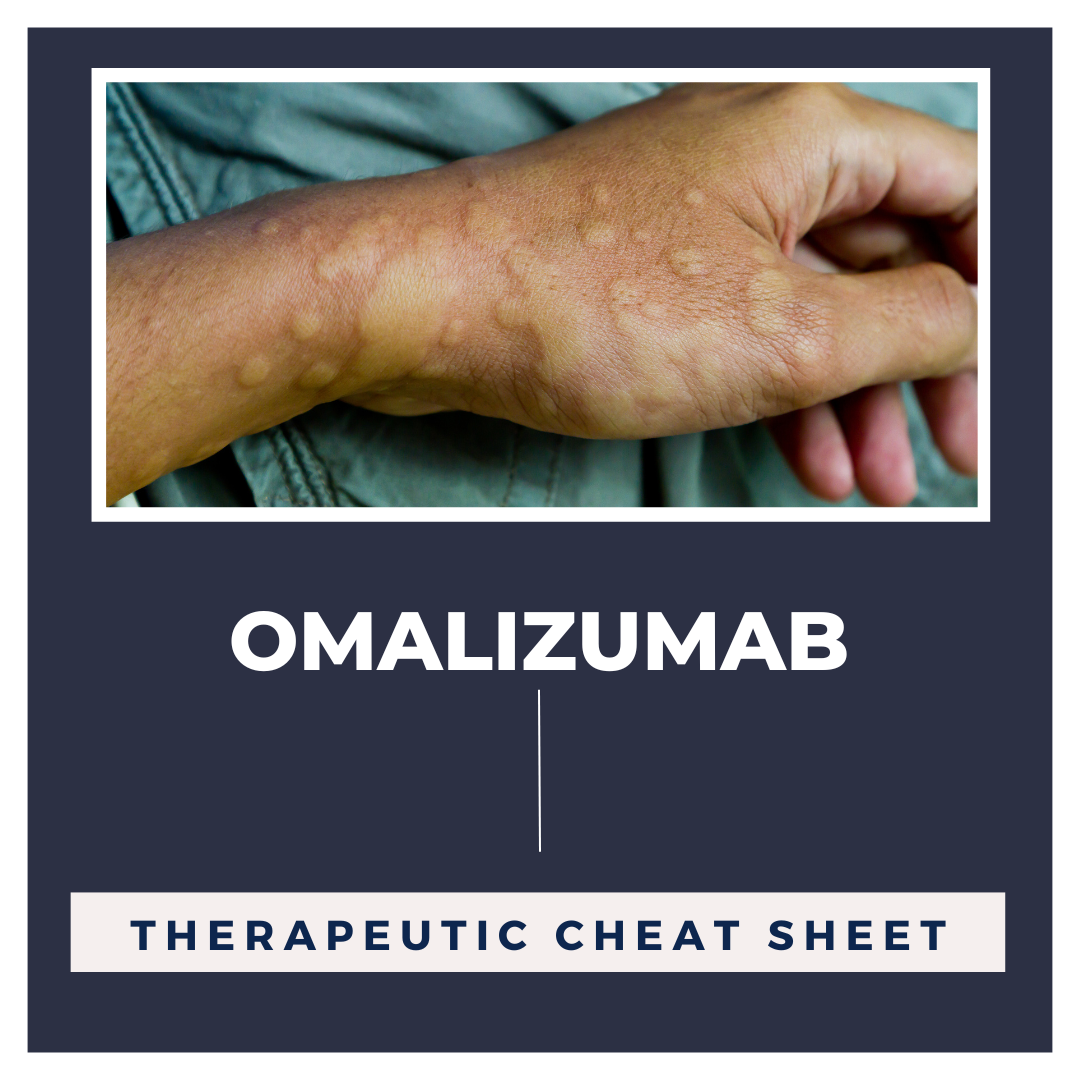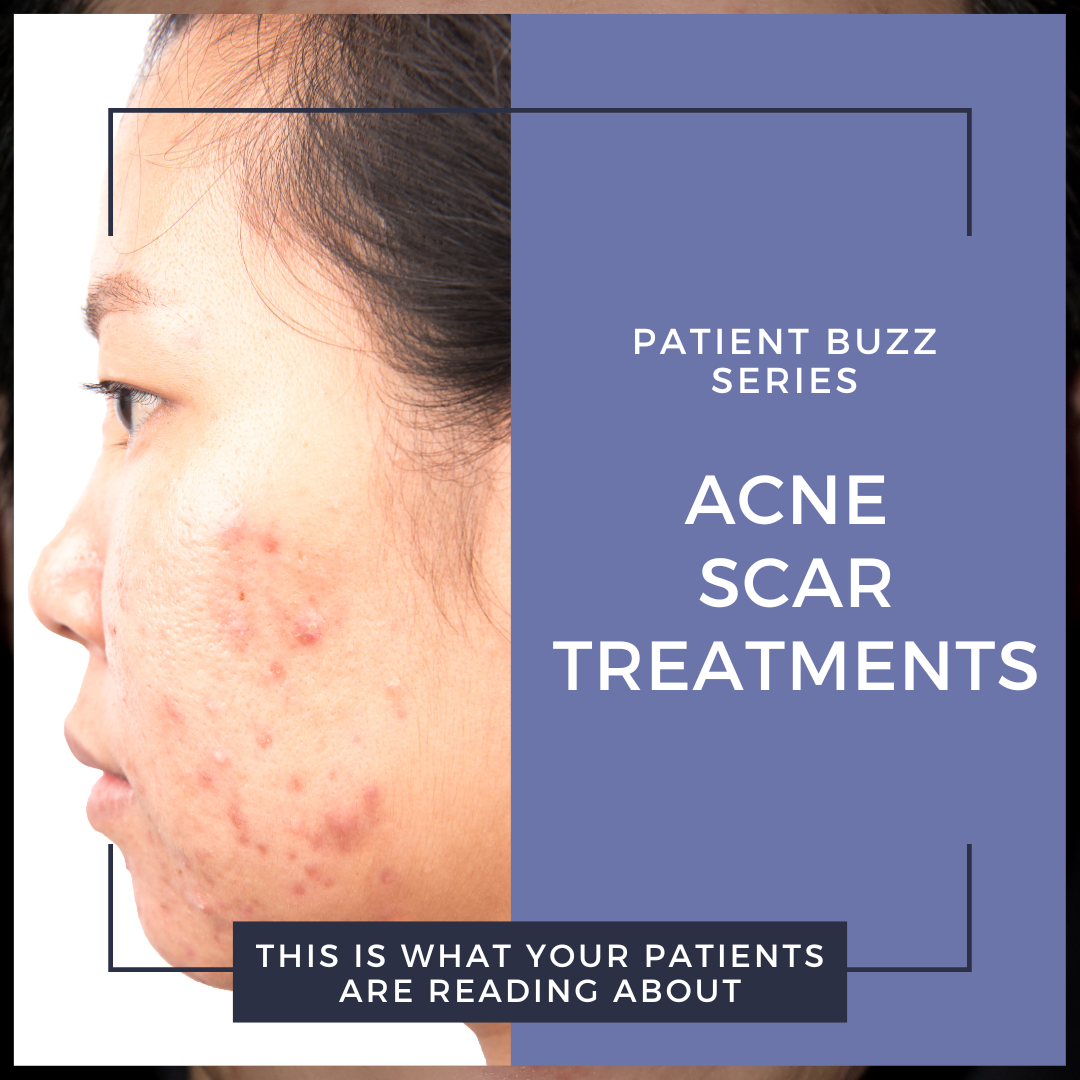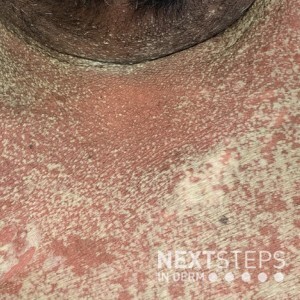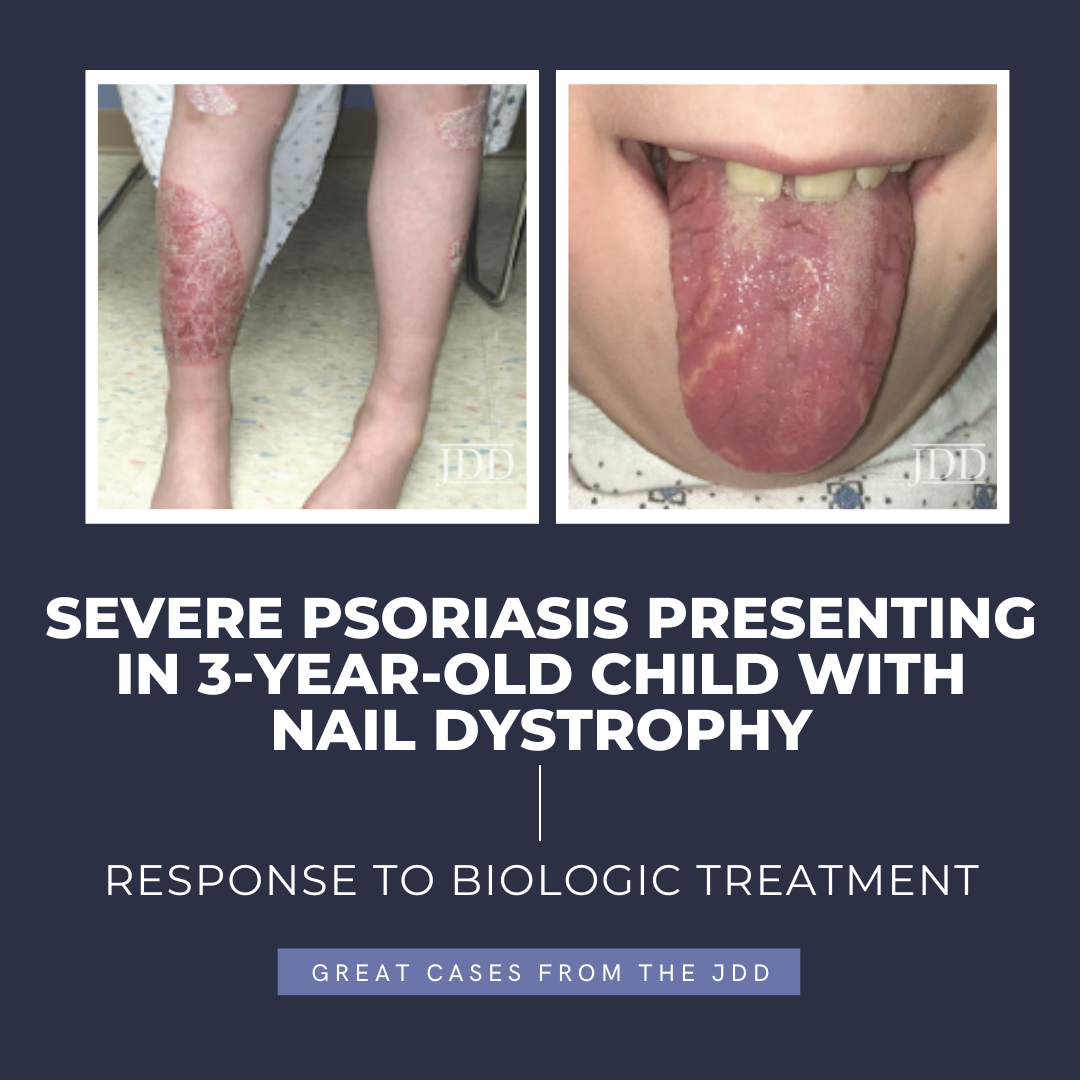Omalizumab Therapeutic Cheat Sheet
 Chronic idiopathic urticaria is urticaria for greater than 6 weeks without an identifiable trigger. Cases relapse in 20% of patients for more than 5 years and be difficult to manage; however, omalizumab is a recently approved option for treatment of chronic idiopathic urticaria showing beneficial outcomes.1 Omalizumab is an injectable monoclonal antibody that has been FDA approved not just for chr …
Chronic idiopathic urticaria is urticaria for greater than 6 weeks without an identifiable trigger. Cases relapse in 20% of patients for more than 5 years and be difficult to manage; however, omalizumab is a recently approved option for treatment of chronic idiopathic urticaria showing beneficial outcomes.1 Omalizumab is an injectable monoclonal antibody that has been FDA approved not just for chr …
 Chronic idiopathic urticaria is urticaria for greater than 6 weeks without an identifiable trigger. Cases relapse in 20% of patients for more than 5 years and be difficult to manage; however, omalizumab is a recently approved option for treatment of chronic idiopathic urticaria showing beneficial outcomes.1 Omalizumab is an injectable monoclonal antibody that has been FDA approved not just for chr …
Chronic idiopathic urticaria is urticaria for greater than 6 weeks without an identifiable trigger. Cases relapse in 20% of patients for more than 5 years and be difficult to manage; however, omalizumab is a recently approved option for treatment of chronic idiopathic urticaria showing beneficial outcomes.1 Omalizumab is an injectable monoclonal antibody that has been FDA approved not just for chr … 

 How to treat acne scars is a popular topic in the consumer press this month. Online articles discussed the benefits and limitations of both chemical peels and scar creams.
What advice is your acne patients reading about fading their acne scars and post-inflammatory hyperpigmentation? Find out by reviewing this list of articles about hot dermatology topics in the consumer press:
Allur …
How to treat acne scars is a popular topic in the consumer press this month. Online articles discussed the benefits and limitations of both chemical peels and scar creams.
What advice is your acne patients reading about fading their acne scars and post-inflammatory hyperpigmentation? Find out by reviewing this list of articles about hot dermatology topics in the consumer press:
Allur …  Atopic dermatitis (AD) is a chronic skin condition characterized by pruritus, inflammation, and acute flare-ups of eczematous lesions over dry skin.1 The wide range of clinical manifestations, the visible nature of the disease, and the intense itching significantly affects patients’ quality of life.2 Up to 80% of children with AD experience sleep disturbances.3 Sixty-seven percent of children …
Atopic dermatitis (AD) is a chronic skin condition characterized by pruritus, inflammation, and acute flare-ups of eczematous lesions over dry skin.1 The wide range of clinical manifestations, the visible nature of the disease, and the intense itching significantly affects patients’ quality of life.2 Up to 80% of children with AD experience sleep disturbances.3 Sixty-seven percent of children …  A 45-year-old male develops the following eruption on the face and axillae. Which of the following medication was the patient most likely started on several days prior?
A. Ciprofloxacin
B. Trimethoprim/sulfamethoxazole
C. Penicillin
D. Allopurinol
E. Hydralazine
To find out the correct answer and read the explanation, click here.
Brought to you by our brand partner …
A 45-year-old male develops the following eruption on the face and axillae. Which of the following medication was the patient most likely started on several days prior?
A. Ciprofloxacin
B. Trimethoprim/sulfamethoxazole
C. Penicillin
D. Allopurinol
E. Hydralazine
To find out the correct answer and read the explanation, click here.
Brought to you by our brand partner …  Psoriasis, a chronic inflammatory skin condition, affects about 2% of children. A small subset have isolated nail involvement refractory to topical treatment that can be disabling. The development of targeted biologic agents offers safe, effective options for children with moderate-to-severe skin and nail disease. A few are now Food and Drug Administration (FDA)-approved for children.
INTRODUCTIO …
Psoriasis, a chronic inflammatory skin condition, affects about 2% of children. A small subset have isolated nail involvement refractory to topical treatment that can be disabling. The development of targeted biologic agents offers safe, effective options for children with moderate-to-severe skin and nail disease. A few are now Food and Drug Administration (FDA)-approved for children.
INTRODUCTIO …